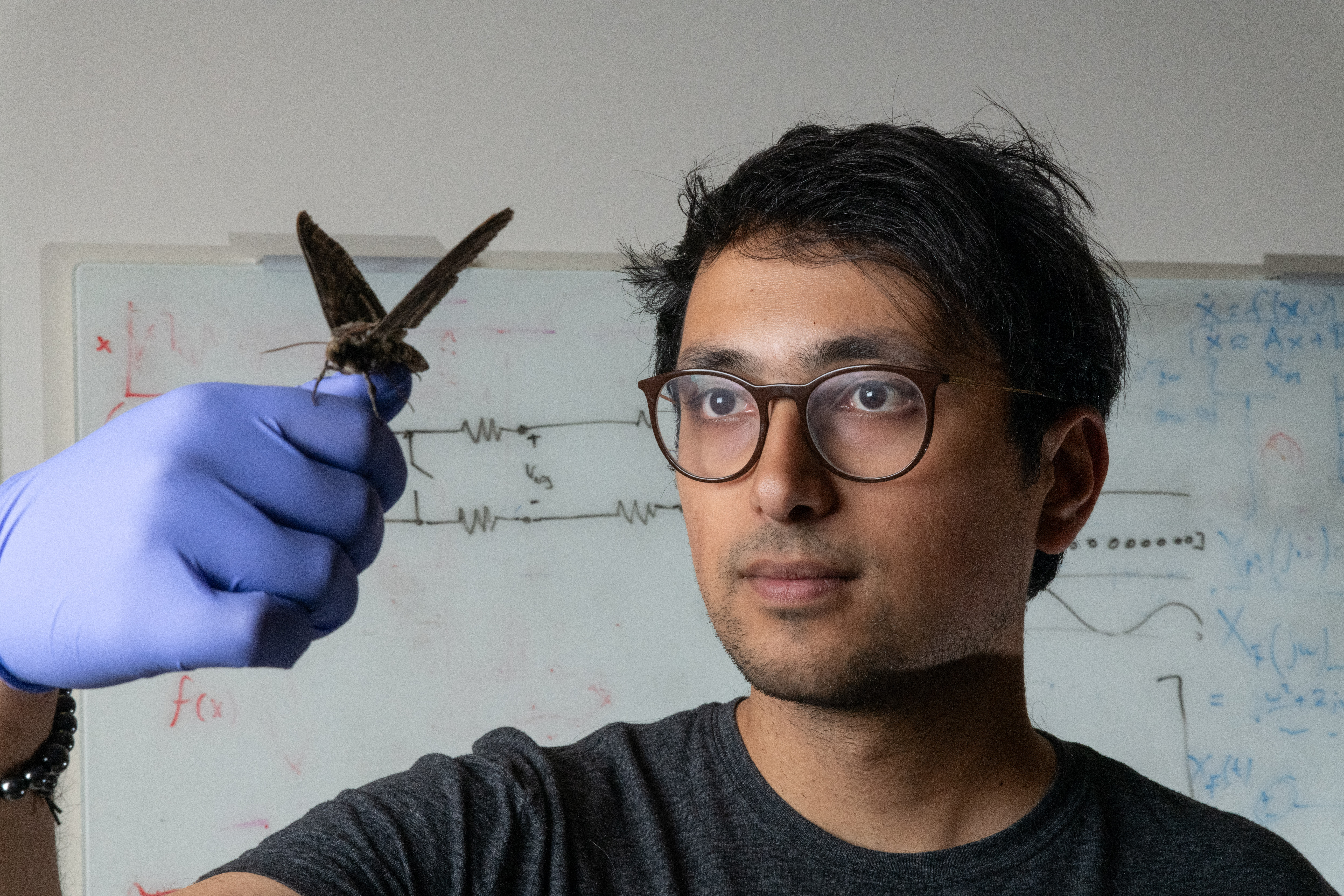hi, i’m ethan

My name is Ethan (he/him). I’m a Chicago Fellow Postdoc at the University of Chicago based in the Department of Molecular Genetics and Cell Biology. I am co-supervised by Drs. Ellie Heckscher and Urs Schmidt-Ott. Previously, I completed my PhD at the Georgia Institute of Technology in the Quantitative Biosciences (QBioS) program under the supervision of Dr. Simon Sponberg in the School of Physics. My research explores neuromuscular system diversity - both its evolutionary and developmental origins and its consequences for animal locomotion. I’m a Rhode Island native and completed my undergraduate degree at Brown University in Biology and Geophysics.
Feel free to connect with me if you have questions about my work or would like to chat.
muscle physiology x biomechanics x evo-devo
In my postdoc, I’m working to establish new comparative systems for studying muscle development, linking developmental and locomotor diversity in skeletal muscle. Larval insects are a perfect system for studying muscle development since their muscles are single cells, making cell lineages much easier to keep track of than in higher vertebrates. In particular, I study the coffinfly Megaselia abdita as a foil to the model system Drosophila melanogaster. These two species of flies have very different muscle architectures and locomotor behaviors. I’m working to understand how these divergent movement phenotypes are underpinned by differences in muscle development and motor control.
In my PhD, I focused on the physiology and biomechanics of the insect flight system. Insects flap at very particular frequencies - think of the sound a mosquito makes as it buzzes by your ear. Why is it nearly always the same pitch? And why that pitch specifically? The answer turns out to be complicated, and depends on interactions between specialized flight muscle, springy exoskeleton, and tiny wings moving through a fluid environment. I performed experiments on insect exoskeleton and muscle, and developed biophysical models of insects as mechanical resonators to understand why and how insects are capable of such remarkable feats of agility. I discovered that insects across five orders flap faster than the resonant frequency of their thorax and wings, disrupting a longstanding hypothesis that insect wingbeat frequencies are tuned to resonance to improve flapping efficiency. Instead, the arrangement and physiology of insect flight muscle biases most insects towards being supra-resonant. Along with my engineering collaborators, we have applied principles from insect flight actuation and control to develop cutting-edge flapping-wing micro-aerial robots.
